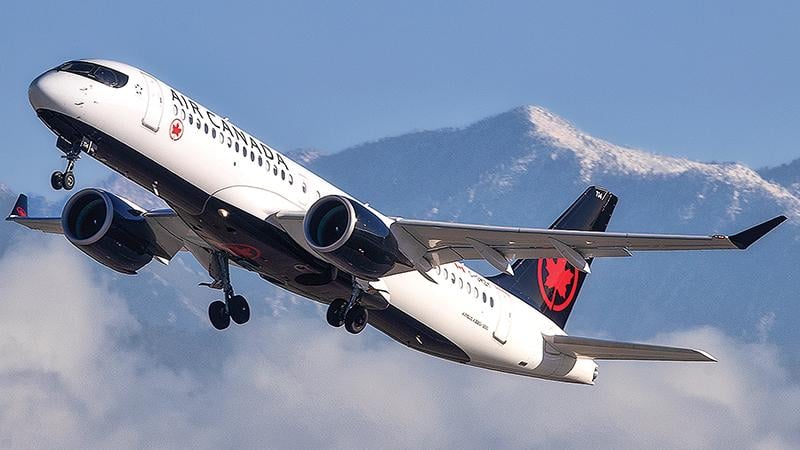
Air Canada is one of the largest A220 customers, with orders for 65 aircraft.
Credit: JoePriesAviation.net
When Airbus received all the regulatory approvals in 2018 to take over a majority stake in what was the Bombardier C Series program, then-Airbus CEO Tom Enders was full of praise. “The strength of the entire Airbus organization will be behind the C Series,” he promised at the time. “Not only will...
Airbus Seeks Production Stability Before Stretching The A220 is available to both Aviation Week & Space Technology and AWIN subscribers.
Subscribe now to read this content, plus receive critical analysis into emerging trends, technological advancements, operational best practices and continuous updates to policy, requirements and budgets.
Already a subscriber to AW&ST or AWIN? Log in with your existing email and password.
